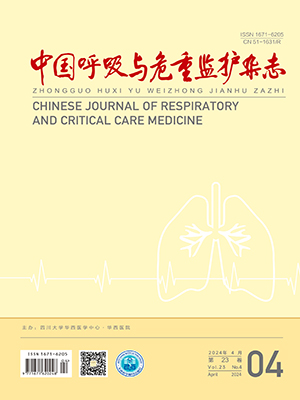Obstractive To observe the clinical effects and safety of endobronchial electrocautery treatment for tracheobronchial obstructive lesions in inoperable tracheobronchial squamous cell carcinoma.Methods Ninety-five patients with advanced and inoperable tracheobronchial squamous cell carcinoma were included. Thirty-four patients with central airway obstruction were treated with endobronchial electrocautery plus chemotherapy ( group A) and 61 patients without central airway obstruction were treated with chemotherapy alone ( group B) . The chemotherapy consisted of cisplatin or carboplatin, plus another thirdgeneration chemotherapy agent. Results In groug A, there were mean improvements in FEV1 of 41. 1% and in peak expiratory flow( PEF) of 65. 6% . There was no significant difference in the survival rates of the patients with and without central airway obstruction. Median survival time of group A was 11. 3 months and those of group B was 11. 6 months. 3, 6, and 12-month survival rates in group A were 87% , 68% and 39% respectively, and those in group B were 93% , 76% , and 45% respectively. Conclusion Endobronchial electrocautery is an effective and safe approach for inoperable tracheobronchial obstructive malignancies with few complications.
Citation: YE Jun,SHI Zhaoquan,LI Bing,XIU Qingyu. Endobronchial Electrocautery Treatment of Tracheobronchial Obstructive Lesions in Inoperable Tracheobronchial Squamous Cell Carcinoma. Chinese Journal of Respiratory and Critical Care Medicine, 2009, 09(6): 572-574. doi: Copy




